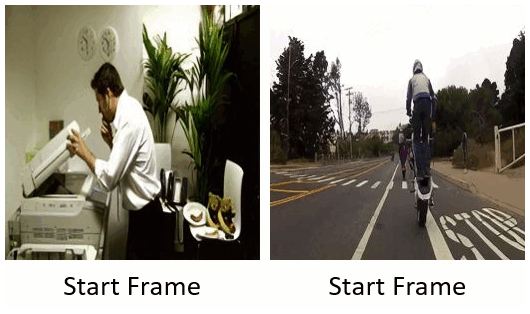
Tsai-Shien Chen
Ph.D. Candidate at UC Merced
Captured at the stunning Santa Monica Beach, where I spent the summers of 2023 through 2025.
Biography
Welcome! I am a fourth-year Ph.D. candidate at UC Merced, advised by Prof. Ming-Hsuan Yang. I am also a research intern at the Snap Creative Vision team, where I am privileged to work with Aliaksandr Siarohin, Sergey Tulyakov, Jun-Yan Zhu, and Kfir Aberman. Previously, I did my M.S. and B.S. at National Taiwan University.
My research centers on multimodal, compositional, and personalized models in Generative AI, aiming to enable more immersive and intuitive content creation.
NEW! Deeply honored to be awarded the 2025 Google PhD Fellowship.
NEW! Looking for research internship positions starting from 2026.
News
Selected Projects
Check the full publication list in CV


Incremental False Negative Detection for Contrastive Learning
